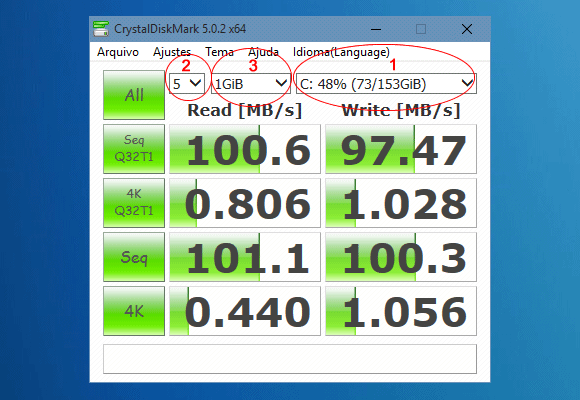

But DISKSPD is great when your workload is not closely approximated by a single-threaded file copy, and you need a simple tool that produces acceptable baseline results. Now you know what DISKSPD is, but when should you use it? DISKSPD has a difficult time emulating complex workloads. At its core, DISKSPD simply issues a bunch of read and write operations. DISKSPD can give you a glimpse into what your system is capable of before deployment.

The cool thing about the tool is that it gives you the freedom to configure and tweak the parameters to create a specific scenario that resembles your real workload. However, testing your application in a real scenario is often difficult – this is where DISKSPD comes in.ĭISKSPD is a tool that you can customize to create your own synthetic workloads, and test your application before deployment.

Whatever the real-world use case may be, you likely want to simulate a test before deploying your actual application. It could be to set up a web hosting environment, or run virtual desktops for employees. Great, so what do all these terms mean? Anyone who sets up an Azure Stack HCI cluster or physical server has a reason. What is DISKSPD?ĭISKSPD is an I/O generating, command-line tool for micro-benchmarking. After reading this topic, you'll know how to run DISKSPD, understand a subset of parameters, interpret output, and gain a general understanding of the variables that affect workload storage performance. Great, but how do you know if you're getting the promised performance metrics, whether it be latency, throughput, or IOPS? This is when you may want to turn to DISKSPD. You have an Azure Stack HCI cluster set up, all ready to go. This topic provides guidance on how to use DISKSPD to test workload storage performance. Applies to: Azure Stack HCI, versions 22H2 and 21H2 Windows Server 2022, Windows Server 2019


 0 kommentar(er)
0 kommentar(er)
